When heritage creates momentum for tourism
On the eve of the New Year of the Snake 2025, the government and people of Quang Ninh province are delighted to celebrate the 30th anniversary of Ha Long Bay being recognized by UNESCO as a world natural heritage, a long enough journey with a strong mark to establish the status of a special national monument, a new natural wonder of the world. In the 30-year journey, with the joint participation of the people and local authorities, the value of Ha Long Bay heritage has truly shone, becoming an attractive destination, contributing to promoting tourism and economic growth.
According to statistics from Quang Ninh province, from 1996 to now, there have been more than 57 million visitors to Ha Long Bay, with entrance fees reaching more than VND8,600 billion. UNESCO Representative in Vietnam Jonathan Baker affirmed that this relic site not only has natural value but is also closely associated with the cultural heritage of the local community, demonstrating the harmonious relationship between humans and nature.
“UNESCO considers Vietnam's dedication to Ha Long Bay an exemplary example in protecting world natural heritage,” said Mr. Jonathan Baker.
Or in Hanoi, Thang Long Imperial Citadel was recognized by UNESCO as a world cultural heritage on August 1, 2010 based on three outstanding criteria: the length of cultural history throughout 13 centuries; the continuity of the heritage as a center of power and the diverse, rich and vivid layers of relics.
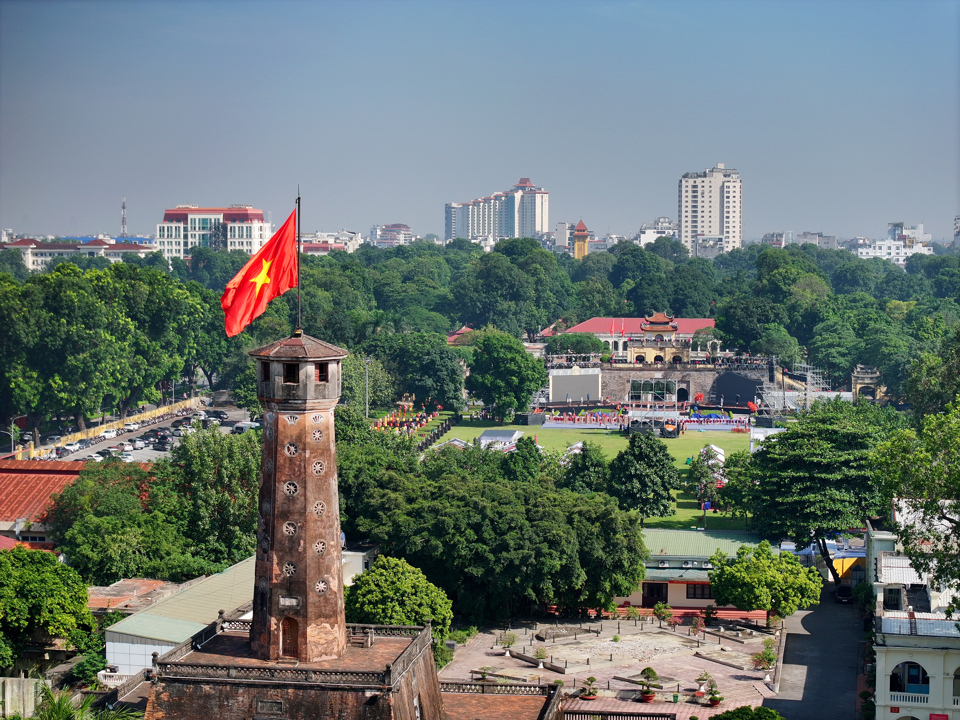 Hanoi Flag Tower and Thang Long Imperial Citadel seen from above. Photo: Pham Hung
Hanoi Flag Tower and Thang Long Imperial Citadel seen from above. Photo: Pham Hung
The Thang Long Imperial Citadel has a core conservation planning area of 18,395 hectares (including the Hanoi Citadel Relic Site and the 18 Hoang Dieu Archaeological Relic Site), and a buffer zone area of 108 hectares. This is one of the most important relics in the system of Vietnamese relics associated with the history of Thang Long - Hanoi. Therefore, along with the Temple of Literature - Quoc Tu Giam, the Thang Long Imperial Citadel is always the top priority destination for tourists when visiting the capital.
Director of the Thang Long - Hanoi Heritage Conservation Center Nguyen Thanh Quang said that in 2024, the center has increased coordination in organizing activities and events at Thang Long Imperial Citadel, especially political and cultural events, attracting the attention of a large number of domestic and international visitors.
The exhibitions and displays are carried out in many forms, applying modern technology in interpretation, with rich and diverse content, organized both domestically and internationally, strongly promoting the image of the capital's heritage and Vietnamese culture. As of the end of November 2024, the Thang Long Imperial Citadel Heritage Site has welcomed over 745,000 visitors, of which 42.42% are international visitors.
In some localities, many intangible cultural heritages, especially festivals with unique and traditional features, have become attractive destinations for domestic and foreign visitors, creating a unique brand for the locality with the heritage. Typical examples include Soc Temple Festival, Huong Pagoda Festival (Hanoi); Hung Temple Festival (Phu Tho); Con Son - Kiep Bac Festival (Hai Duong); Yen Tu Festival (Quang Ninh)...
Select the best and create breakthroughs for development
With more than 4,000 years of history, Vietnam possesses an extremely rich system of relics, scenic spots, and cultural heritages. According to the latest statistics, the country has more than 40,000 relics and nearly 70,000 intangible cultural heritages inventoried, of which 34 heritages have been recognized by UNESCO (including 8 world cultural and natural heritages, 16 intangible cultural heritages and 10 documentary heritages); 138 special national relics ranked by the Prime Minister, 3,653 national relics, 620 national intangible cultural heritages...
Deputy Minister of Culture, Sports and Tourism Hoang Dao Cuong said that the ranking and registration of cultural heritages at local, national and international levels has aroused pride and strongly encouraged the heritage community, local authorities at all levels and the whole society to pay attention and proactively participate in protecting and promoting the value of heritages.
It is worth mentioning that cultural heritage has affirmed its important role in contributing to socio-economic development and creating jobs for workers. In heritage areas, there are also formed routes and points of community tourism, craft village tourism, garden village tourism, agricultural tourism, eco-tourism..., creating new cultural tourism products and contributing to reducing the load on core heritage areas.
“In 2024, just the 8 world cultural and natural heritages in Vietnam will welcome more than 14.8 million tourists (including about 6.4 million international visitors), with revenue from entrance tickets and direct service fees of about 7,749 billion VND” - Deputy Minister Hoang Dao Cuong said.
Looking back, 2024 can be considered a great victory year for the cultural heritage sector when the revised Law on Cultural Heritage and the investment policy for the National Target Program on Cultural Development for the period 2025 - 2035 were approved by the National Assembly. On that basis, perfecting the legal system, creating an important legal corridor, contributing to removing difficulties and obstacles and moving towards transforming cultural assets into development resources. In addition, many valuable cultural heritages of Vietnam were recognized and listed by UNESCO, further highlighting the image of Vietnam on the world heritage map...
However, frankly speaking, the work of preserving and promoting heritage values still has certain limitations. That is, the awareness of cultural heritage is not really profound and comprehensive, especially in harmoniously handling the relationship between preservation and development. Besides, investment resources for cultural heritage are not commensurate with practical needs, leading to the situation of some relics being degraded and damaged. The risk of losing intangible cultural heritage and documentary heritage is still high...
Directive No. 30/CT-TTg dated August 29, 2024 of the Prime Minister on the development of Vietnam's cultural industries emphasizes the viewpoint that the development of cultural industries in the New Era must maximize and effectively exploit potentials and advantages, know how to select the best and create breakthroughs for development. As Prime Minister Pham Minh Chinh emphasized, cultural development is the endogenous strength, the soul of the nation. Therefore, in 2025, the culture, sports and tourism industry must accelerate and make breakthroughs with innovative thinking, strategic vision, far-sightedness, thinking deeply and doing big, promoting intelligence, courage and determination to achieve higher results.
Before the modern cultural industries, the cultural industry should have started from traditional culture. The problem is how to exploit and promote those traditional cultural values.
In fact, festivals, handicrafts, folk art performances, and the Quintessence of the North live performances in Hanoi have proven that they can be exploited and promoted to bring economic benefits to the capital.
Prof. Dr. Le Hong Ly - Vietnam Folk Arts Association


![[Photo] Party and State leaders attend the special art program "You are Ho Chi Minh"](https://vphoto.vietnam.vn/thumb/1200x675/vietnam/resource/IMAGE/2025/5/18/6895913f94fd4c51aa4564ab14c3f250)


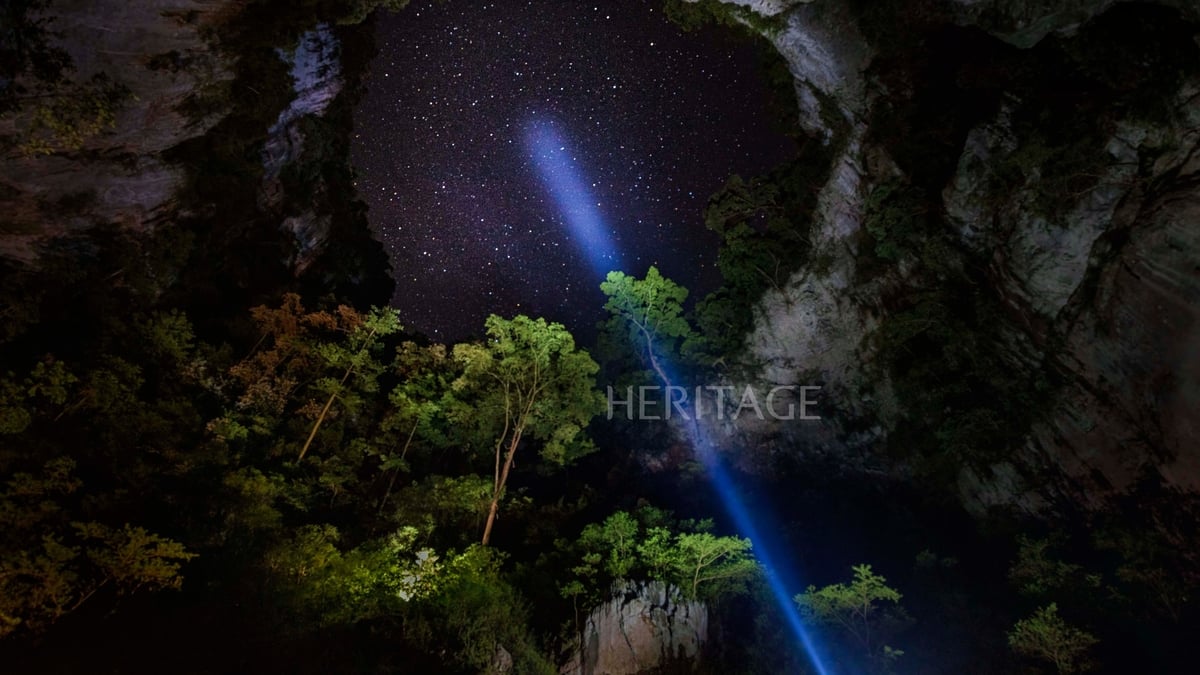
![[Photo] Ready for the top competitions of Vietnamese table tennis](https://vphoto.vietnam.vn/thumb/1200x675/vietnam/resource/IMAGE/2025/5/18/9c547c497c5a4ade8f98c8e7d44f5a41)
![[Photo] Many young people patiently lined up under the hot sun to receive a special supplement from Nhan Dan Newspaper.](https://vphoto.vietnam.vn/thumb/1200x675/vietnam/resource/IMAGE/2025/5/18/6f19d322f9364f0ebb6fbfe9377842d3)
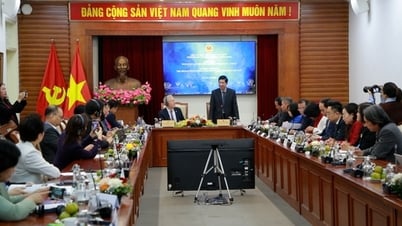

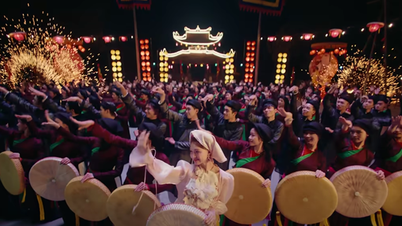

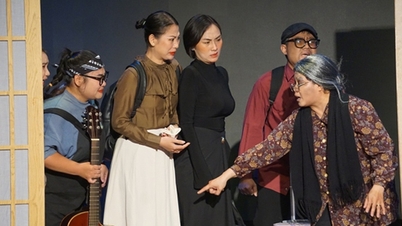



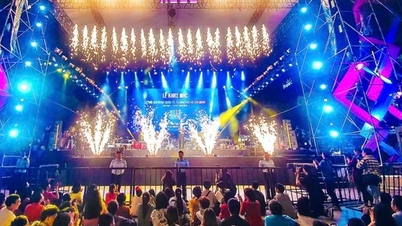






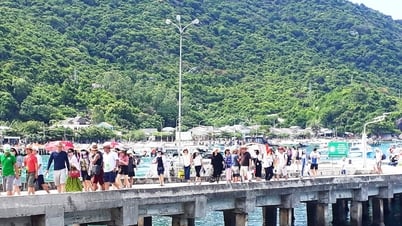







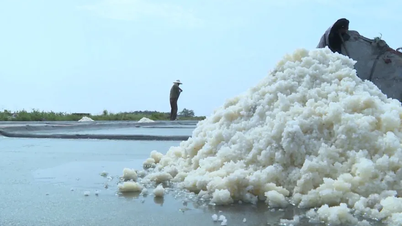
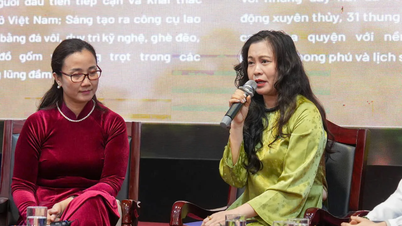

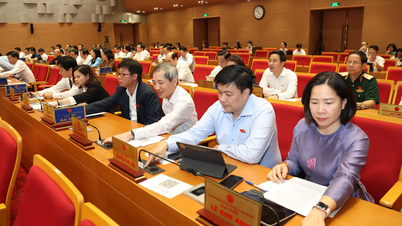

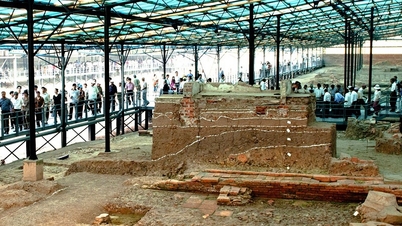
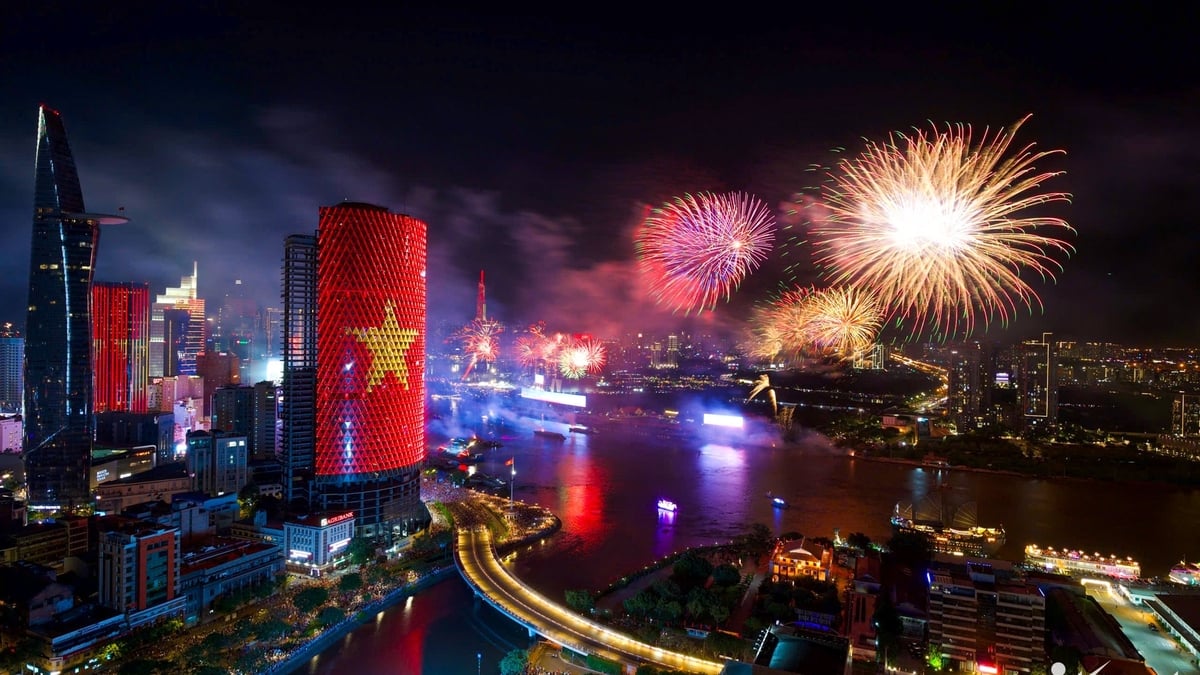
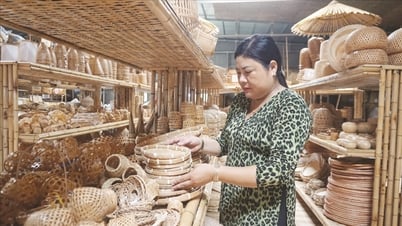



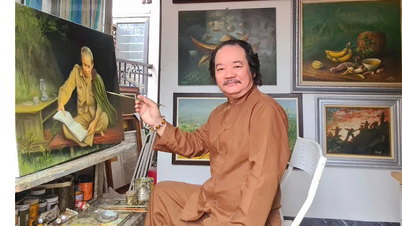


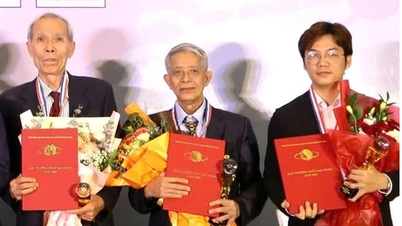









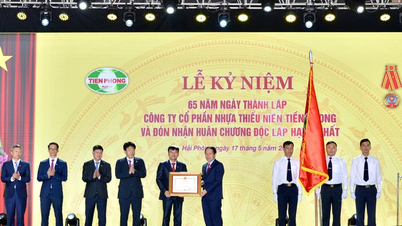


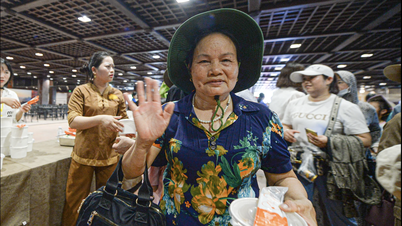

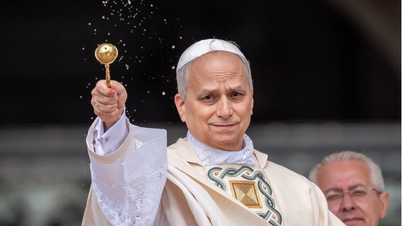



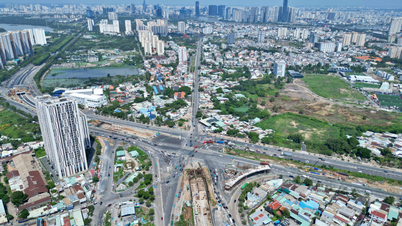


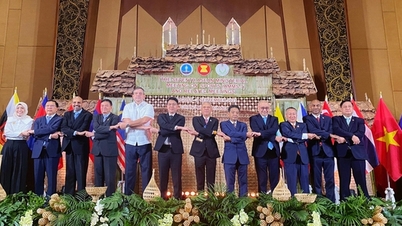

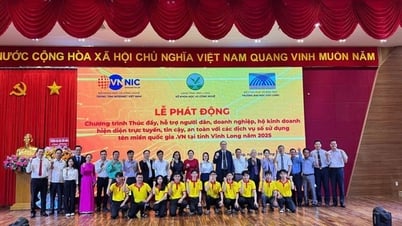

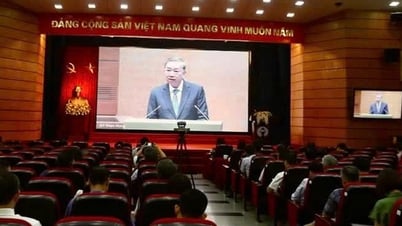
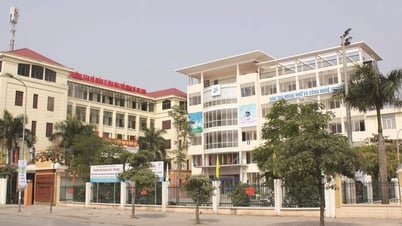

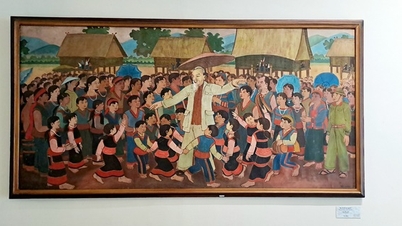








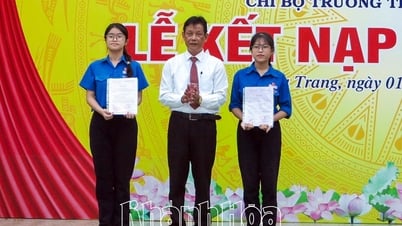










Comment (0)